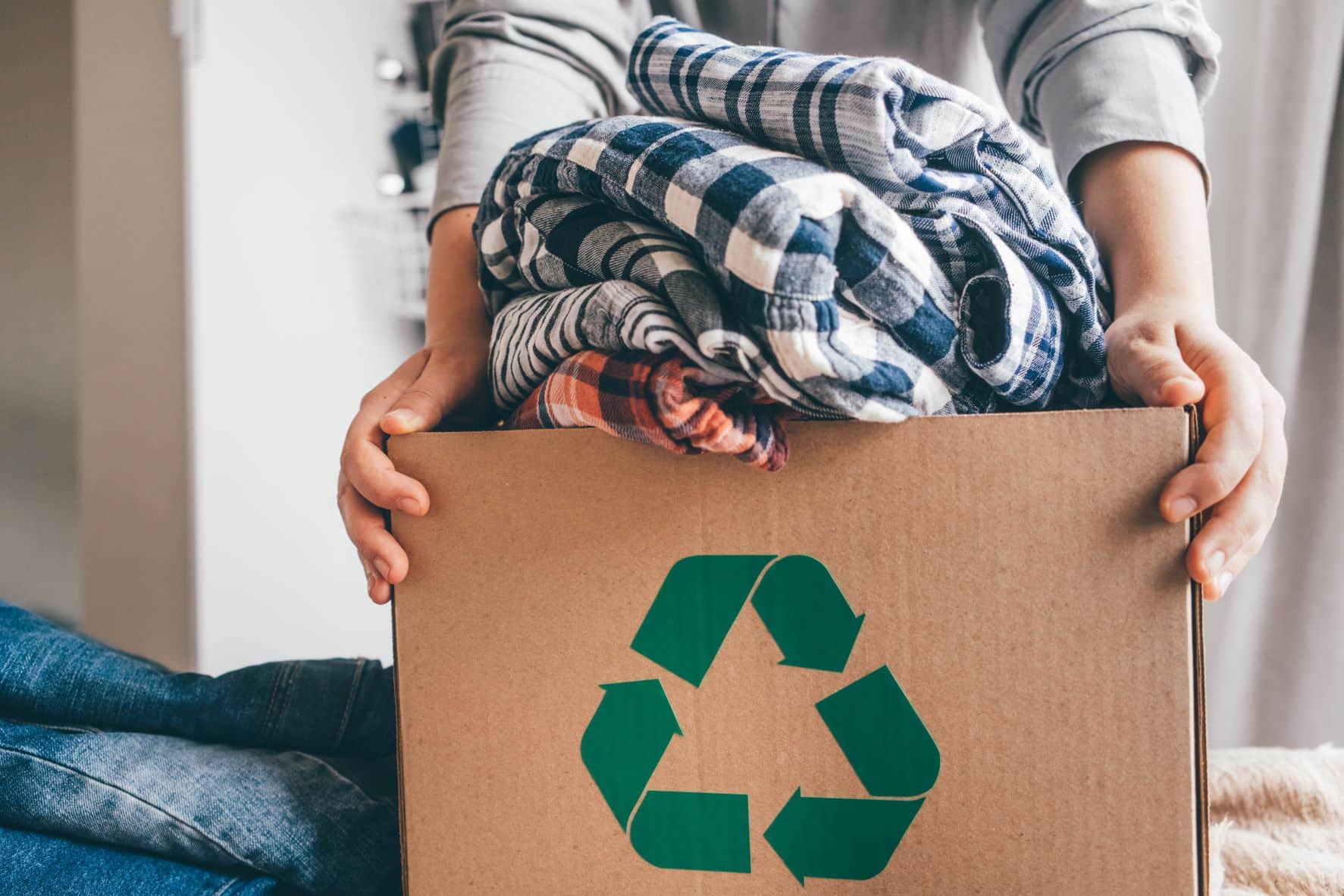Waste & material traceability solution for sustainable facilities

The textile industry faces significant challenges when it comes to textile waste management. But these challenges also bring substantial opportunities for innovation and sustainability. Understanding the complexities and potential solutions can play a critical role for a more sustainable future in textile production and waste management. Let’s dive in and explore how we can make a difference.
First things first, let’s talk about why waste is such a big deal in the textile industry. Did you know that producing textiles consumes a massive amount of resources? For instance, it takes a massive 2,700 liters of water just to make one cotton t-shirt. This is just the tip of the iceberg when it comes to the environmental impact of textile production. On top of that, every year, textile production and the washing of synthetic garments release about 0.5 million tons of microfibers into our oceans. These tiny particles are causing massive damage to marine ecosystems and even making their way into our food chain.
Thanks to the fast fashion trend, we’re buying more clothes than ever and tossing them out just as quickly. Since 1996, the amount of clothing purchased in the EU per person has increased by 40% thanks to a sharp drop in prices. This has shortened the lifecycle of textiles. In the EU, each person consumes nearly 26 kg of textile products annually but throws away around 11 kg, with 87% of it ending up in landfills. That’s a lot of waste piling up, and it’s not just consumers who are responsible. Companies and shops often have unsold goods, and the textile industries themselves produce samples and offcuts that must then be disposed of.
The scale of waste in the textile industry is staggering. Every year, up to 100 billion garments are produced by the fashion industry. And each year, as much as 92 million tons of clothing ends up in landfills. Globally, only 20% of textiles are collected for reuse or recycling. These numbers highlight the urgent need for better waste management practices and innovative solutions to tackle the growing problem.

Recycling textiles isn’t a walk in the park. The fibers are often too short to be reused, and many clothes are made from a mix of materials that are hard to separate. Each material has its own recycling process, and combining them can be a real headache. For example, recycling polyester is different from recycling cotton, and when these materials are blended together in a single garment, separating them for recycling becomes nearly impossible.
Moreover, recycling processes can be costly and sometimes not environmentally friendly. For instance, mechanical recycling, which involves fraying the material and spinning the fibers, can weaken the fibers, making them less suitable for reuse. Chemical recycling, on the other hand, can involve dangerous solvents that pose risks to both human health and the environment. This makes large-scale textile recycling pretty challenging.
Different Types of Recycling
Let’s dive a little deeper into the different types of recycling processes.
But don’t lose hope just yet – there are plenty of opportunities to tackle these challenges! Innovative companies are now creating clothes from recycled yarns, new fibers, or even waste materials like fishing nets and plastic bottles. This not only helps reduce waste but also sparks creativity in fashion design. For instance, there are companies using waste materials such as fishing nets, plastic bottles, and even car interiors to create new textiles. These innovative materials not only help reduce waste but also open up new creative opportunities for designers.
Another game-changer is the circular economy. Imagine designing clothes to be reused, resold, or even returned to the producer for transformation. This approach not only reduces waste but also opens up new revenue streams. In a circular economy, garments are designed to be reused multiple times, but also returned to the producer which can transform or resell them. Just to give you an idea, the global value of the second-hand fashion market was around $96 billion in 2021 and is expected to hit $218 billion by 2026!
Moreover, technological advancements are increasing waste management practices. Cutting-edge software solutions enable companies to efficiently track and manage waste. In turn this optimizes recycling processes, and reduces environmental impact. By embracing these innovative tools, businesses can enhance their sustainability efforts, improve operational efficiency, and contribute to a more circular economy.
At Evreka, we’re passionate about making textile waste management more efficient and sustainable. Our advanced waste management solutions help businesses manage waste better, ensuring they not only comply with environmental standards but also save time and money. Explore how our solutions helped TexNL, a pioneering textile recycling company, optimize its operations with advanced textile waste management. Download our free case study to learn more about sustainable and efficient textile recycling practices and see how we can make a difference together.
By following these steps and leveraging innovative solutions, you can join in creating a more sustainable future for us all. So, what are you waiting for? Let’s make a positive impact together!
Request a demo today and let’s make a difference together!